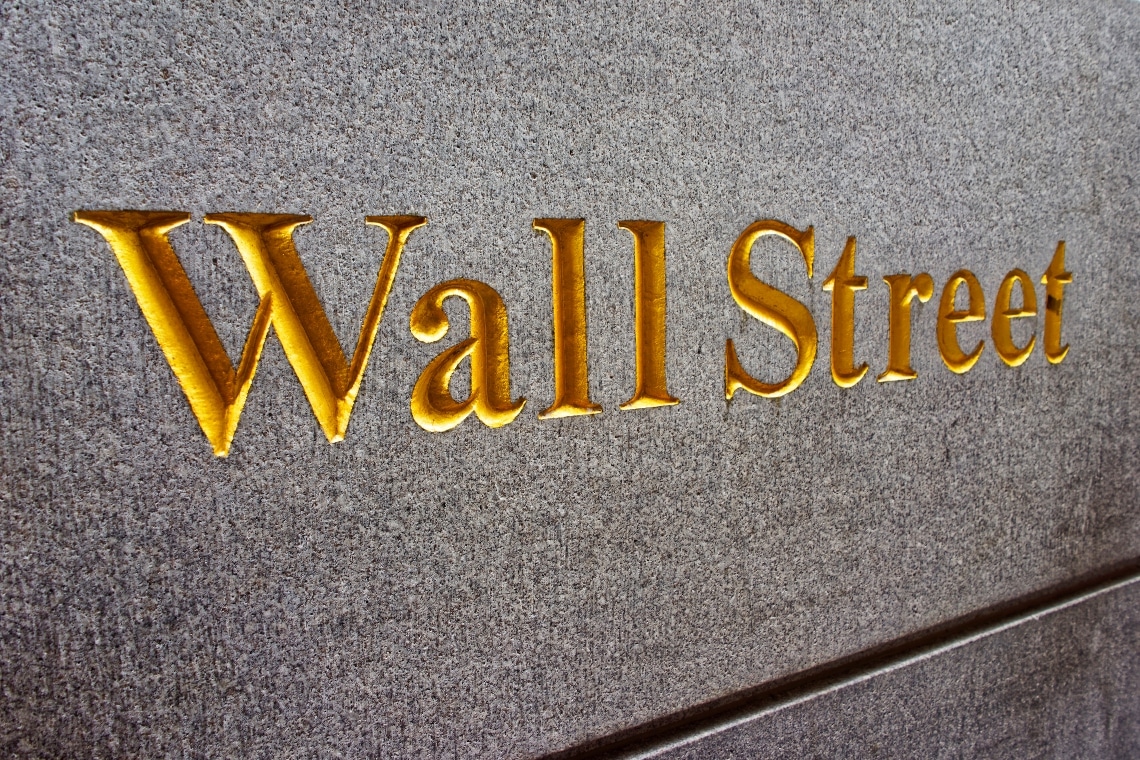Until 2019, like any self-respecting safe haven asset, Bitcoin had no correlation with the markets – or rather it was the opposite when considering the Nasdaq index as a benchmark.
When the stock dropped, the cryptocurrency went up and vice versa. This enhanced the idea that the currency could be placed alongside gold as a safe haven asset.
However, since January 2010, more and more investors have seen cryptocurrencies as a financial instrument on which to speculate for an easy short-term return. This modus operandi does away with the protectionist vocation of the currency asset.
Summary
How does Bitcoin perform against the Nasdaq technology index

Post-2019, Bitcoin’s behaviour has reversed. With each market downturn or fluctuation, the crypto follows the same trend.
On 8 April, the correlation coefficient between Bitcoin’s performance and that of the Nasdaq index went close to an all-time high recording a ratio of 0.69.
This close relationship with the main basket of technology stocks shows a vulnerability of the currency in relation to the latter in line with what was explained earlier.
The currency’s role as a tool to mitigate losses in a portfolio that is also exposed to the equity market could be challenged if the tech market turns sharply red as energy costs rise and raw materials and some manufactured goods (chips) become harder to find.
Arthur Hayes, co-founder of BitMEX, says he is prepared to bet on BTC falling to the tested level of $30,000 and ETH to $2,500.
The relationship is getting closer
On Medium, one of the world’s leading news platforms, Hayes paints a picture in which the value of cryptocurrencies will be very closely correlated to the performance of more traditional economic aspects.
With the worst stock market quarter in two years now over, technology stocks could see a downward trend with serious repercussions on the value of Ethereum, Bitcoin and the cryptocurrency sector in general.
The paths of Bitcoin and Nasdaq therefore seem to be converging, but in such tumultuous and strange times, even help can be unexpected or overlooked by the hasty eye.
While the war initially depressed the economy, arriving at a time when consumer spending could recover, it could now lift the markets’ fortunes.
Conflicts have always set the military industry in motion, involving all sectors, redeveloping factories, providing jobs, and stimulating orders as a result of the demand for arms, ammunition, technology, tactical clothing, vehicles, etc. by the forces in the field.
It is a fact that after every war, the accounts of the states involved are settled, even those of the defeated ones (Germany is an example). This could bring new life into Nasdaq and galvanize the role cryptocurrencies have carved out for themselves with the advent of this conflict in Ukraine.
On the other hand, the appetite for crypto could increasingly appeal to the parties and peoples involved, who could use them to evade sanctions or move capital to safety.
The combination of these two factors, the activation of the economy through the war industry and the evasive function of cryptocurrencies, could reinvigorate a depressed global economy.




